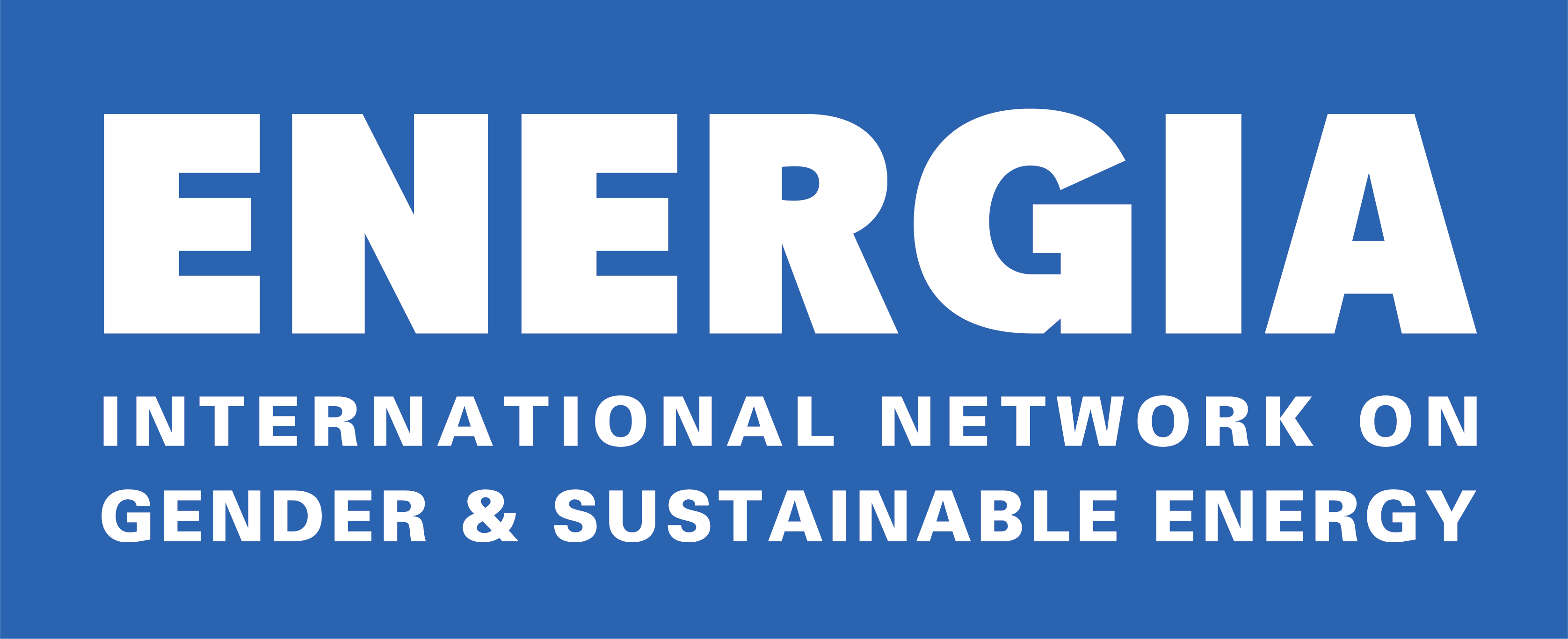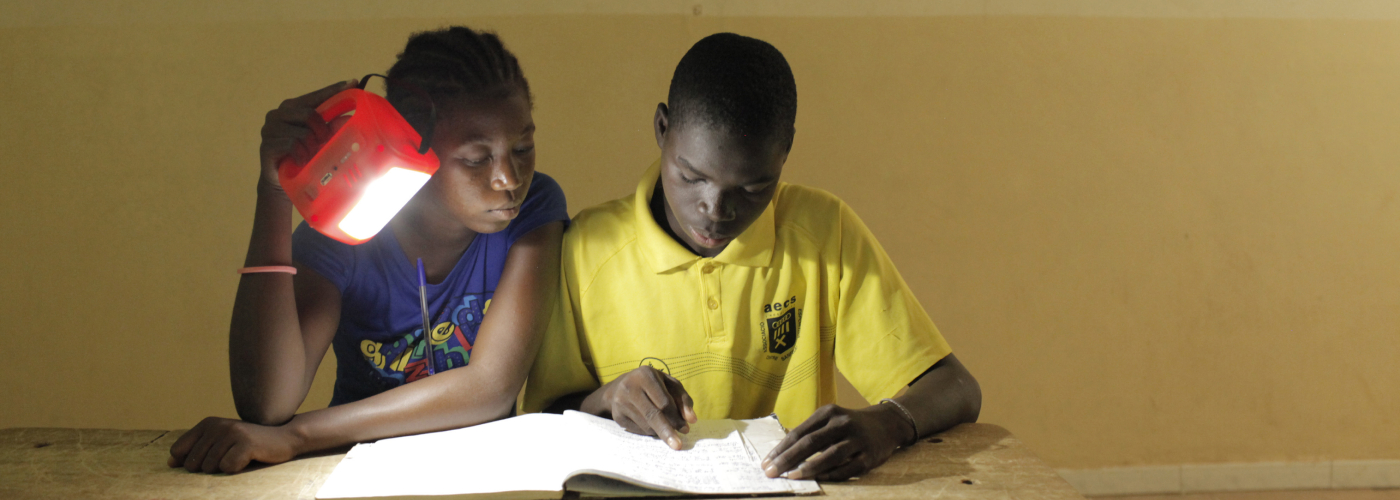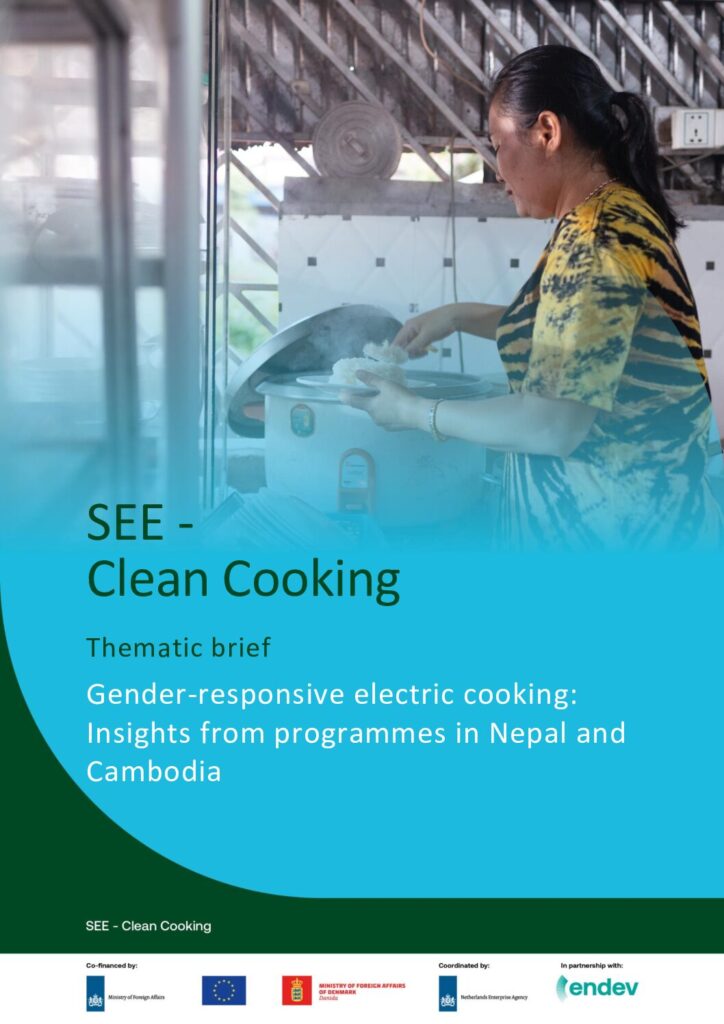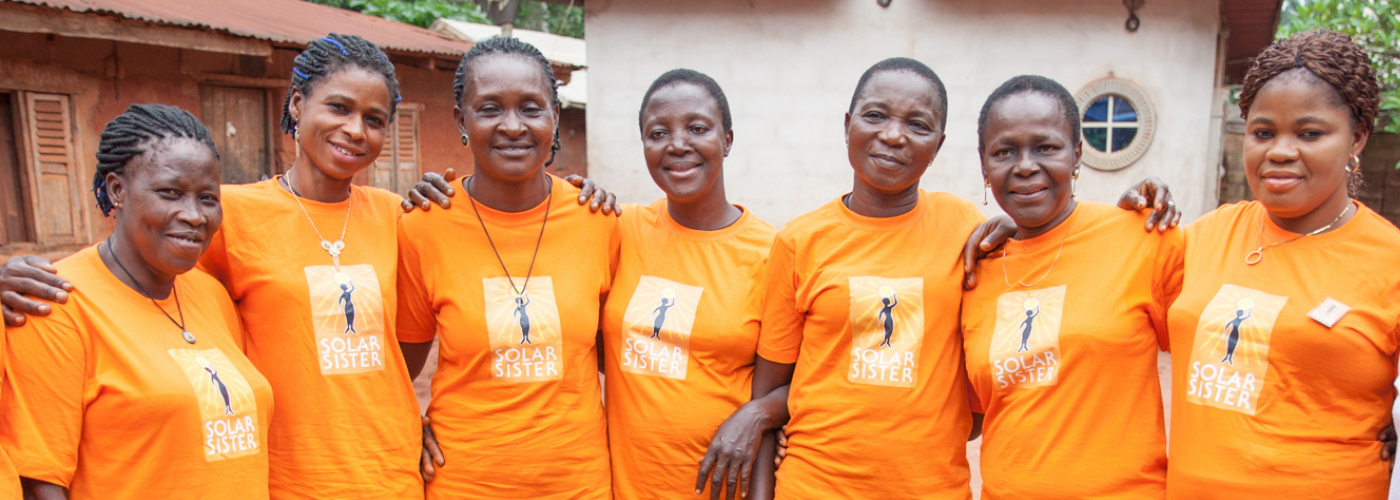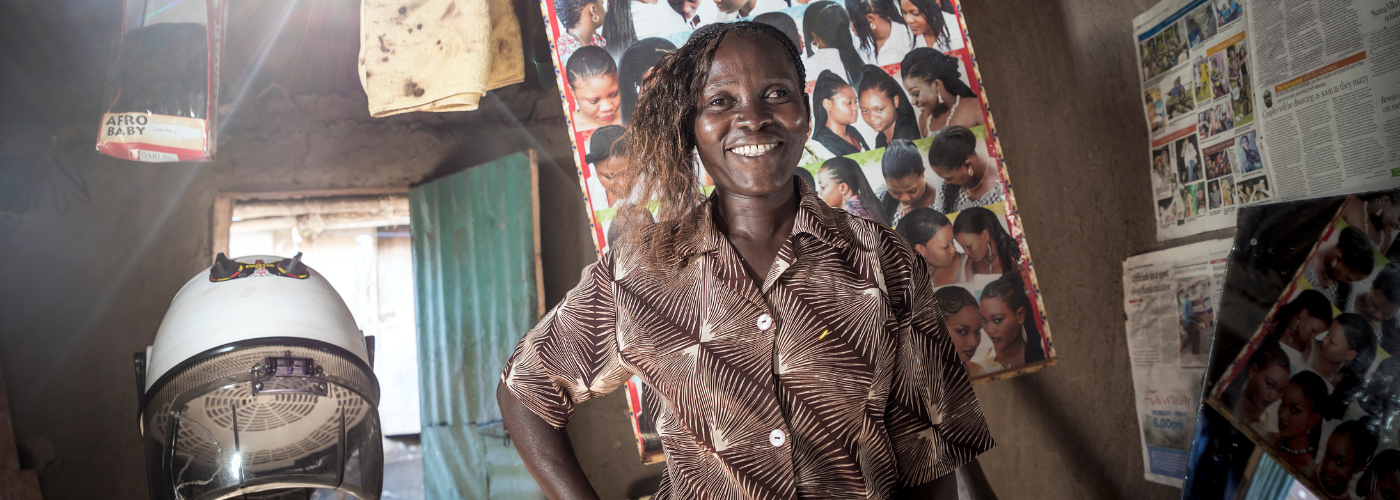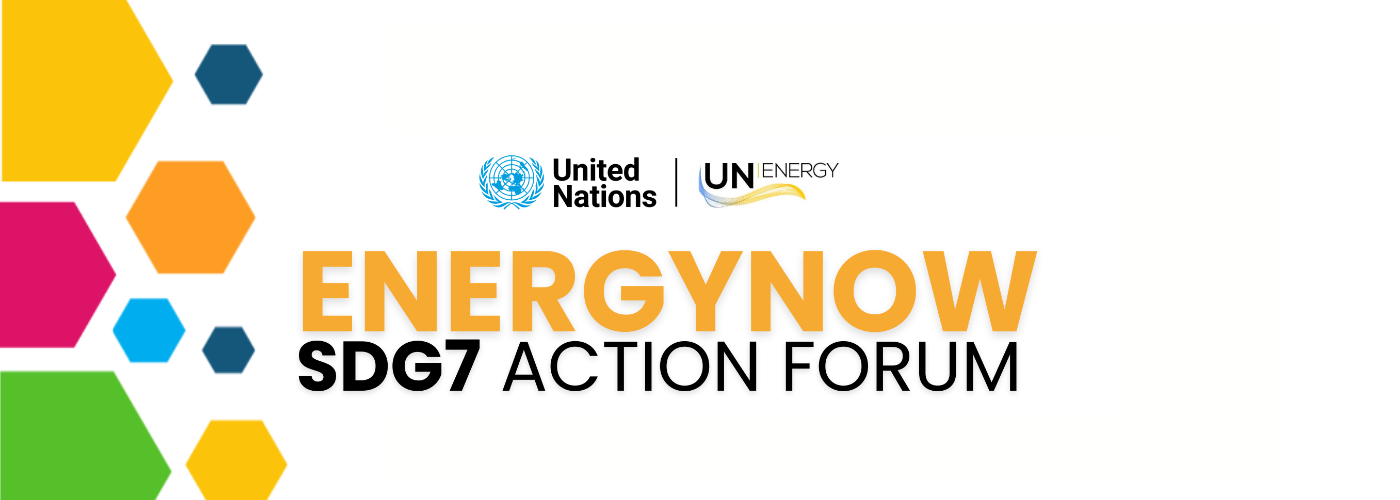In the last decade or so, interest in electric cooking (e-cooking) has increased in many countries in the
global South. As more households aspire to a modern lifestyle, the retail market for electric cooking
devices is growing, especially in urban areas, even though the potential is far from being realized.
These include appliances such as electric kettles, rice cookers, ovens, low-wattage induction cookers,
slow- and multi-cookers and microwave ovens. Electric cooking is safer and healthier than traditional
forms of cooking, performs well and is cost-effective in many regions.
From a gender perspective, electric cooking offers the potential to reduce the burden of work and health hazards related to collecting and using firewood, which largely fall on women. Since women are mostly the primary cooks, they are in a better position to convince other women (and men) to invest in clean cooking solutions, thereby helping expand the customer base. Further, women often operate their businesses in areas where commercial actors are absent and are also less likely than men to migrate away from remote and low-income areas. Hence, women can play a critical role in improving access to clean cooking, including electric cooking.
This brief looks at how electric cooking programmes in Nepal and Cambodia have attempted to
mainstream gender and social inclusion (GESI) in their electric cooking programmes. It spotlights why
gender-responsive policies and strategies can help electric cooking programmes to be more effective
and sustainable.
